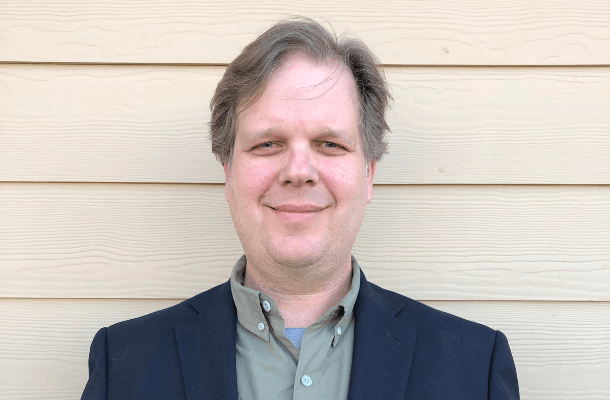Lead Paint Kills Thousands of Rare Seabirds on Midway
For Immediate Release Contact:
, 202-234-7181 ext.210
|
Paralyzed Albatross Chick. Photo: © Myra Finkelstein |
Leading U.S. bird conservation group, American Bird Conservancy (ABC), and two Hawaiian groups – the Conservation Council for Hawai'i and Hawai'i Audubon Society, have renewed calls to Congress to provide funding to clean up 70 deadly lead paint-contaminated buildings on Midway Atoll National Wildlife Refuge.
The buildings have been responsible for the deaths of as many as 130,000 Laysan Albatross chicks since jurisdiction of Midway was transferred from the Navy to the Department of the Interior (DOI) in 1996.
“Curious Albatross chicks are ingesting the lead-based paint chips, which causes a variety of painful ailments and ultimately, a slow death,” said Dr. Jessica Hardesty Norris, Seabird Program Director for ABC.
Many of the chicks on Midway exhibit a condition called “droopwing”, which leaves them unable to lift their wings. Unable to fly, many die of starvation and dehydration.
The area encompassing Midway and its waters was included in President George Bush's designation of the Northwestern Hawaiian Islands as Papahānaumokuākea Marine National Monument in 2006. Despite Midway's designation as a National Wildlife Refuge and its location with the marine national monument, about 10,000 of these rare birds needlessly die there each year.
In a paper to be released in the scientific journal, Animal Conservation, Dr. Myra Finkelstein of the University of California-Santa Cruz and co-authors, including scientists and managers from the U.S. Geological Survey and the U.S. Fish and Wildlife Service, concluded that the death of Laysan Albatross chicks from lead exposure on Midway has long-term consequences for the nesting population of Laysan Albatrosses there. By 2060, there may be as many as 190,000 fewer albatrosses due to lead poisoning. By contrast, removing lead-based paint now could increase the population by up to 360,000 by 2060.
“These deaths make a mockery of our National Wildlife Refuge System. We are preparing a letter to members of Congress to bring this matter again to their attention in the hopes that they can find a way to clean up Midway and stop the needless suffering of innocent birds,” said Marjorie Ziegler of the Conservation Council for Hawai'i.
About 70 percent of the world's population of Laysan Albatrosses nests on Midway. The IUCN-World Conservation Union lists the species as globally vulnerable to extinction.
The DOI estimates that $5.6 million is needed to clean up the toxic lead paint on Midway Atoll. Approximately 70 of the federally-owned buildings must be stripped of all lead-based paint, and sand surrounding these old buildings needs to be thoroughly sifted to remove paint chips. DOI officials have stated that the current federal budget for the nation's wildlife refuge system is insufficient to prevent the continued ingestion of lead paint by Laysan Albatross chicks.
“We strongly encourage Congress to pay close attention to the important scientific conclusions of today's Animal Conservation paper on Laysan Albatrosses and enact a meaningful appropriation to address this severe and well documented wildlife hazard in Hawaii,” said John Harrison, President of Hawai'i Audubon Society.
American Bird Conservancy conserves native birds and their habitats throughout the Americas by safeguarding the rarest species, conserving and restoring habitats, and reducing threats while building capacity of the bird conservation movement. ABC is a 501(c)(3) membership organization that is consistently awarded a top, four-star rating by the independent group, Charity Navigator. See www.abcbirds.org.
The Conservation Council for Hawai'i is a non-profit, 501(c)(3) grassroots environmental organization dedicated to protecting native Hawaiian plants, animals, and ecosystems for future generations through policy-making, advocacy, education, and service. CCH works with concerned citizens, community organizations, government agencies, and elected officials to preserve our natural heritage. See www.conservehi.org.
Hawai'i Audubon Society's mission is to foster community values that result in the protection and restoration of native ecosystems and conservation of natural resources through education, science and advocacy in Hawai'i and the Pacific. See www.hawaiiaudubon.com.



















































